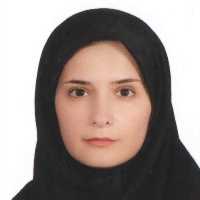The Place of Oud and its Various Types in the Islamic Eras of Persian Music History
Author(s):
Abstract:
One of the chapters in the history of Iranian music is the place and significance of the musical instrument called Oud. This instrument, initially named Barbat, emerged during the Sassanid dynasty. Generally known under the name Oud in Islamic era, it became grepopular in Islamic countries. In Iran, this instrument enjoyed great importance until the fall of the Safavid dynasty. From the early treatises on music, dating back to the third or fourth century A.H. to the documents belonging to the Safavid era, Oud was considered the most preponderant instrument in comparison with other instruments. In this paper, we propsose to study the structural features and different types of this instrument. According to the old literature on music, Oud has had various sizes and different types of Oud used to be called by different names. Difference in the number of strings has been another distinctive feature of various types of Oud mentioned in the old literature.
Keywords:
Language:
Persian
Published:
History of Science, Volume:11 Issue: 2, 2014
Pages:
191 to 206
https://magiran.com/p1539522
مقالات دیگری از این نویسنده (گان)
-
Persian Operettas of the Constitutional Era from the Perspective of Glocalizations (Operettas: Rastakhiz'e Shahriaran'e Iran, Parichehr and Parizad, Elahe)
Samira Moeini, *
Honar-Ha-Ye-Ziba: Honar-Ha-Ye Mosighi Va Namayeshi, -
The Manifestation of Mythical Time and Place in Musical Rituals of Kurdistan’s Khaniqas
Zhila Rahmani, *
Iranian Journal of Anthropology Research,



